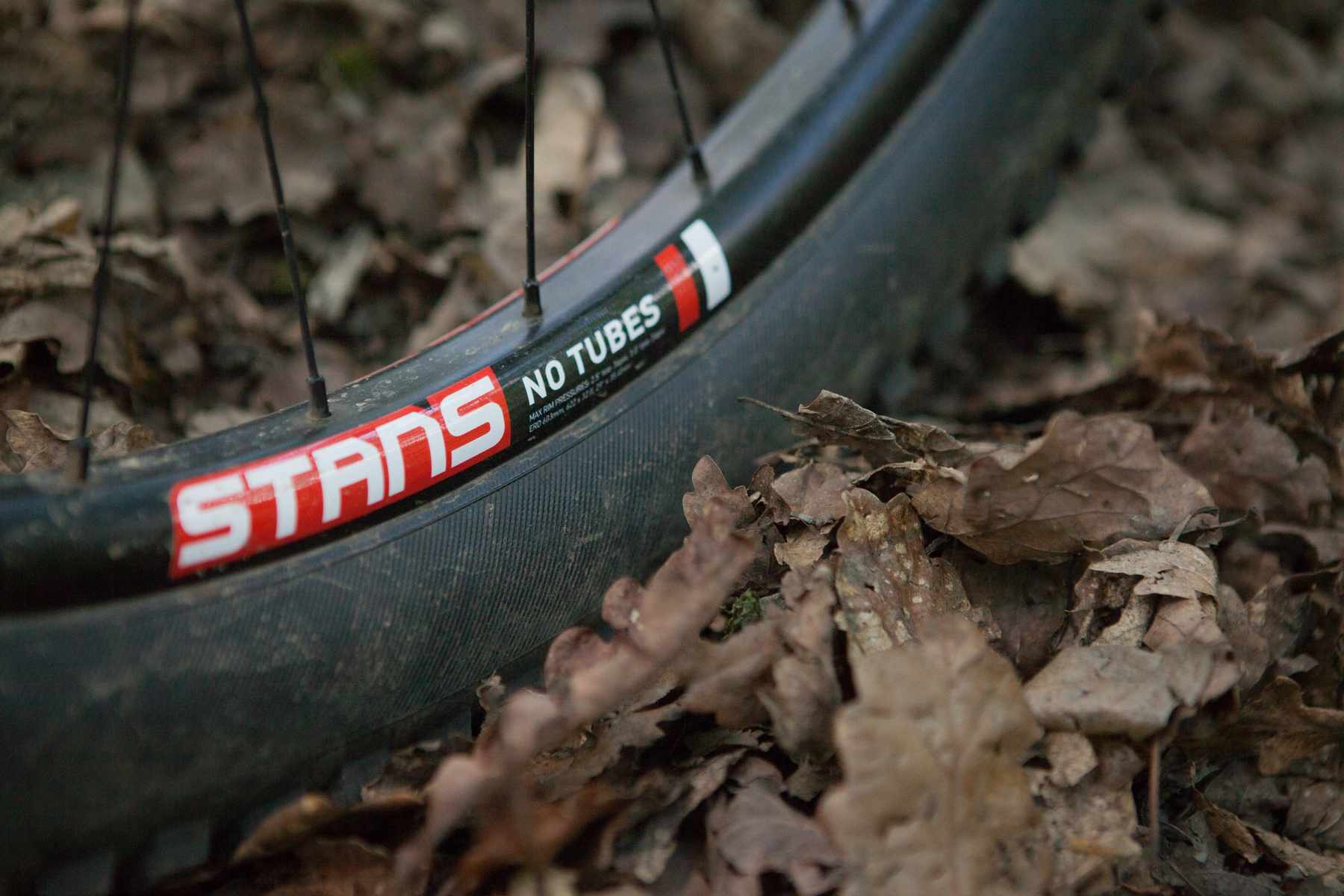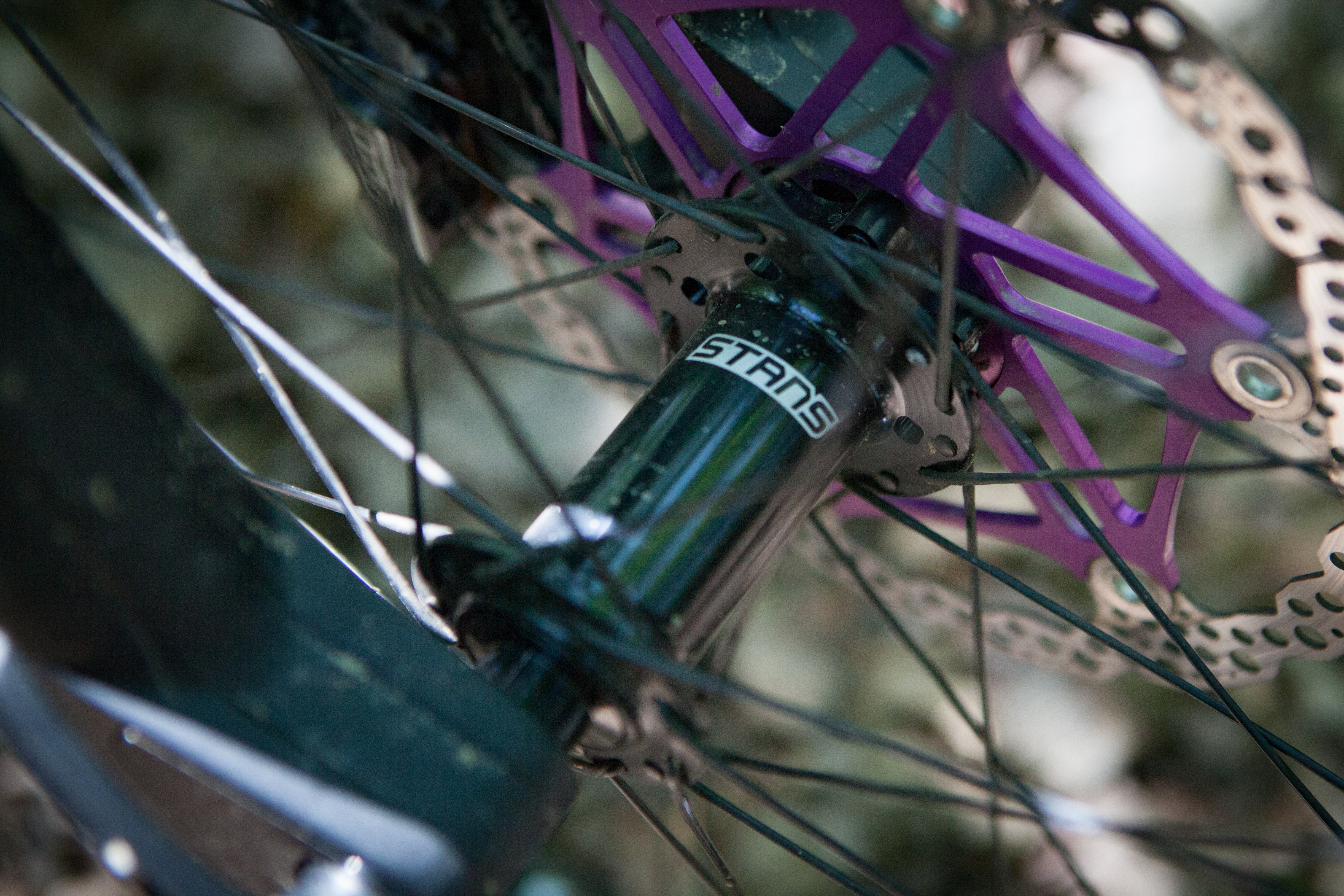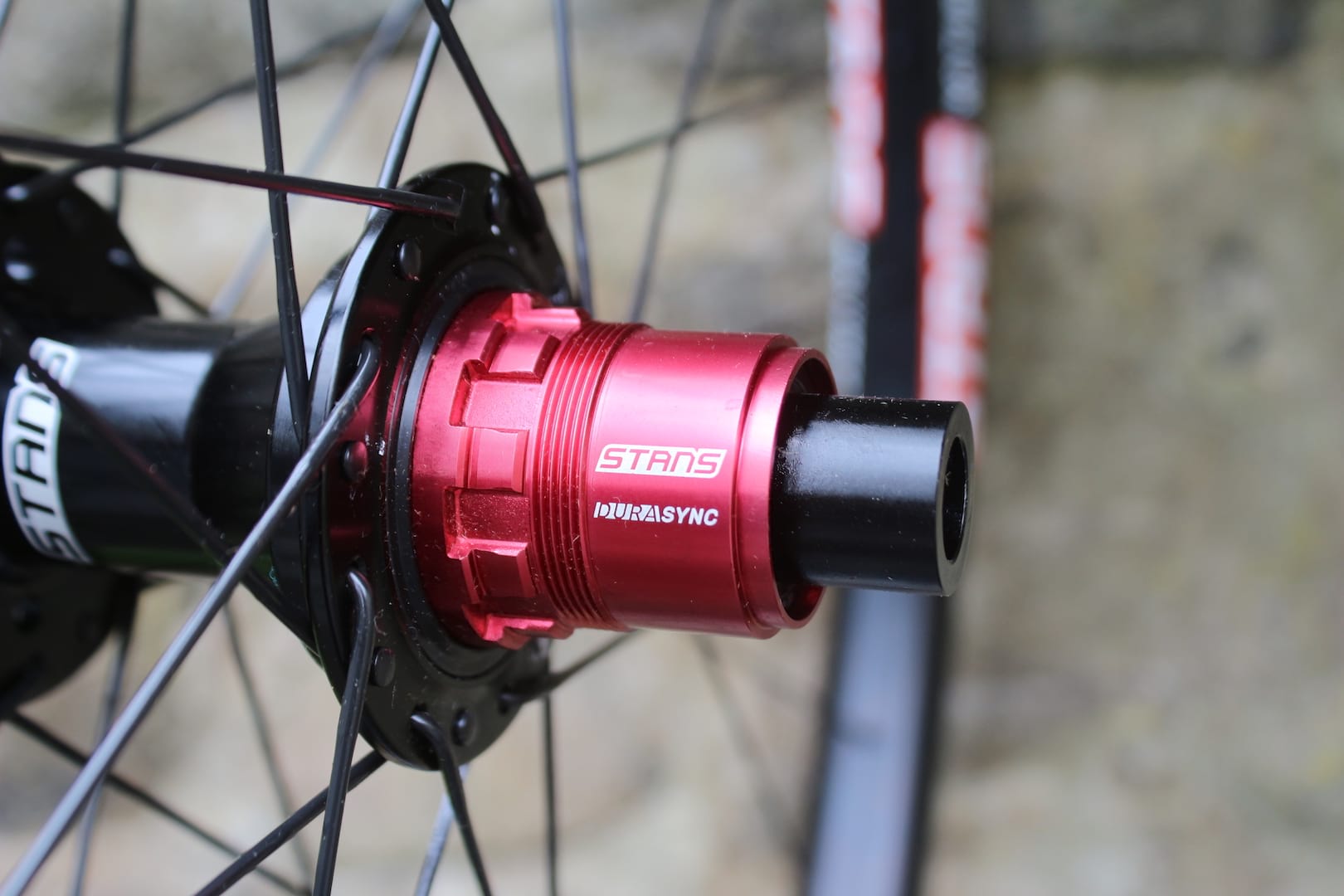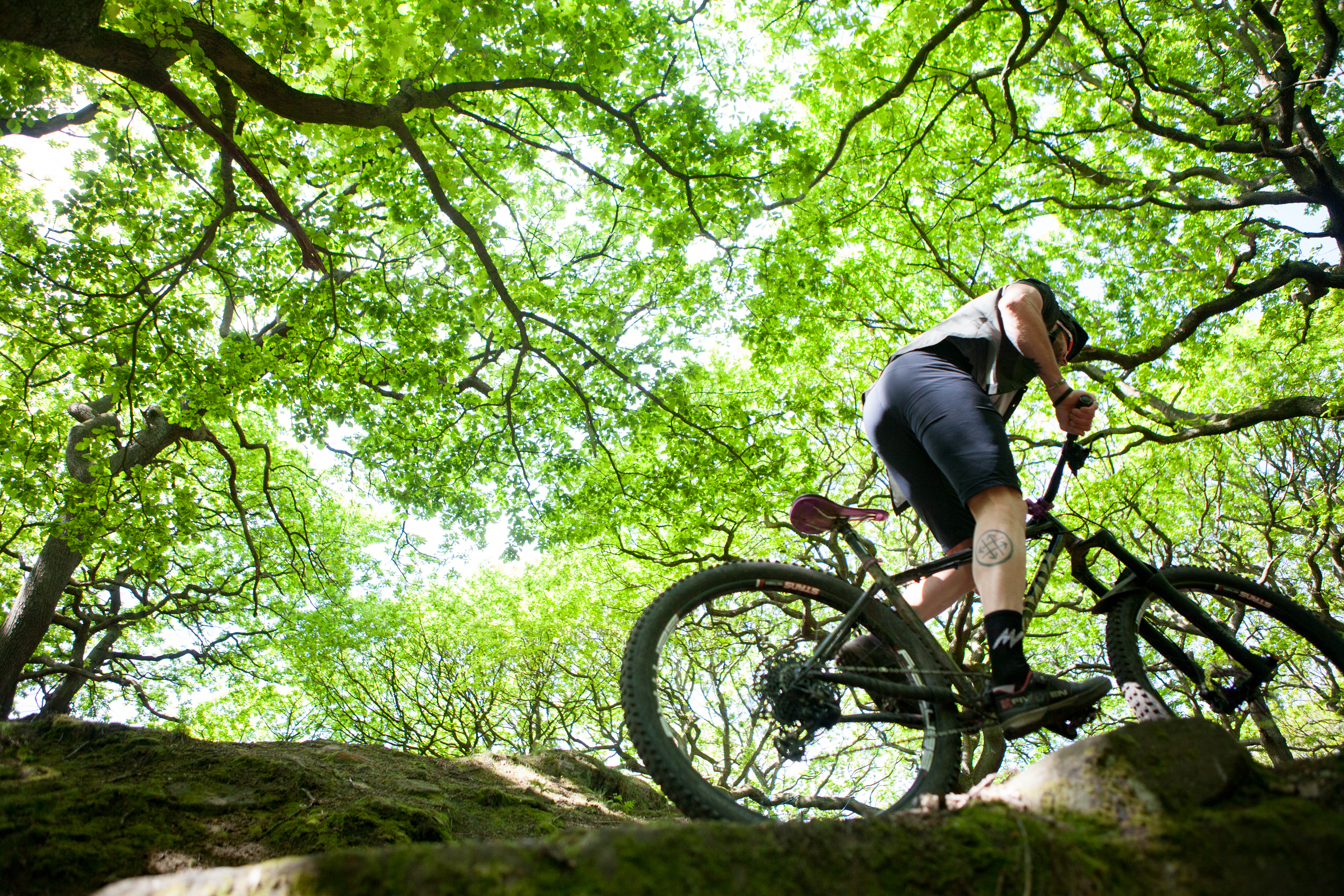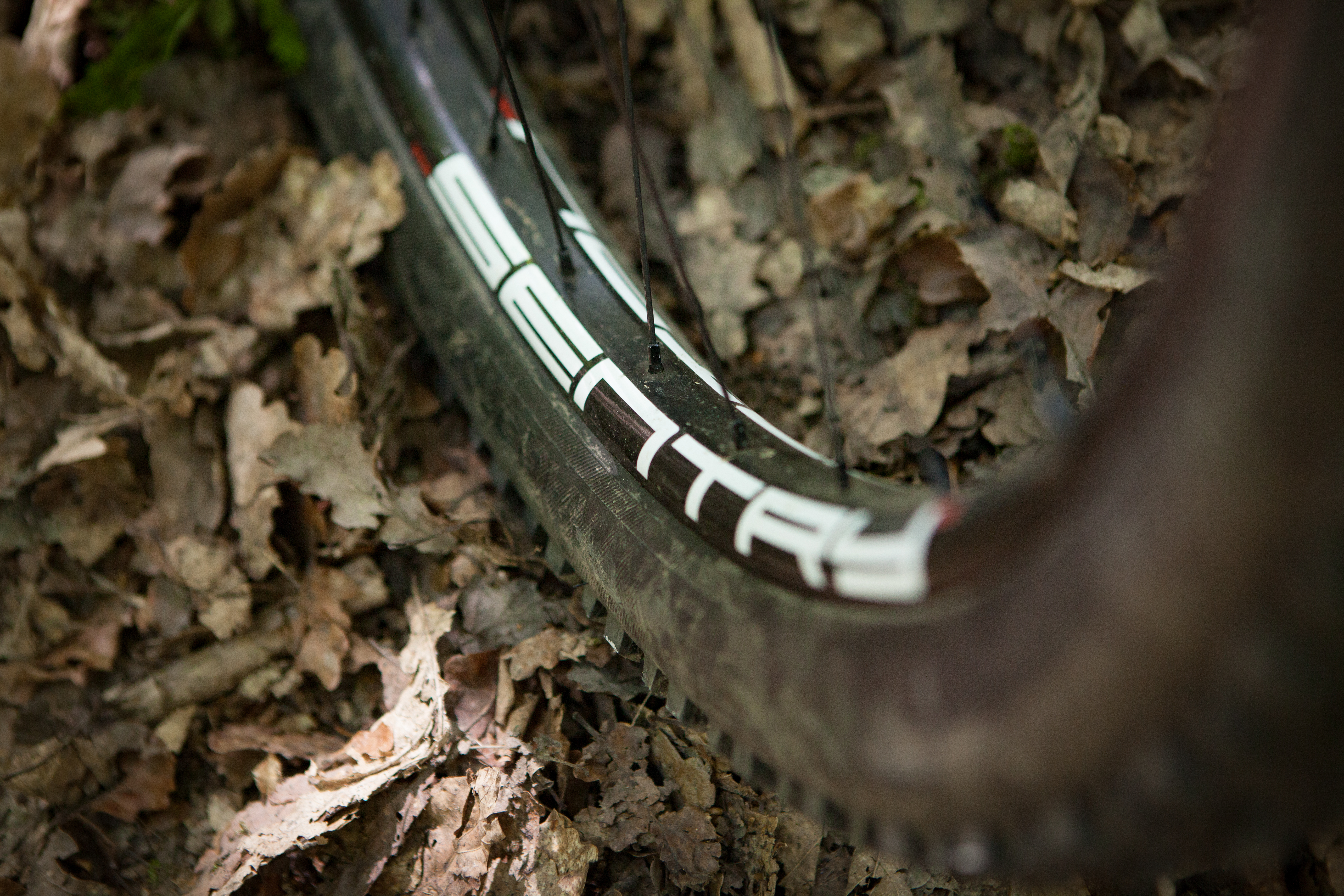Tom tests and reviews the Stan’s No Tubes Sentry MK3 wheelset
If you’ve mountain biked for any length of time and even half thought about buying a new wheelset or rims for your bike, it’s more than likely that Stan’s will have been one of the names you considered. Over the years, its No Tubes rim range has been standard upgrade fodder.
It’s possibly only been in the last few years, as cheap carbon rims have become increasingly popular, that Stan’s maybe hasn’t been seen as the aftermarket rim to own. Still, it was the Crest, Arch and Flow rims that made Stan’s famous in the custom wheel world. From XC to World Cup downhill, these three rims have covered them all.
As modern mountain bikes trend towards wider tyres, the New York-based company has added broader options to suit, including the Sentry (32mm wide), Baron (35mm) and Major (38mm).
Latest Singletrack Merch
Buying and wearing our sustainable merch is another great way to support Singletrack
On test here is the Stan’s No Tubes Sentry MK3 wheelset, which features 6069 welded alloy rims that are designed to support new-school mountain bike tyres between 2.5-3.0in wide. You can get the rims on their own if you prefer to go the custom route, and there’s also a cheaper Sentry MK1 version that substitutes a cheaper 6061 sleeved alloy rims.
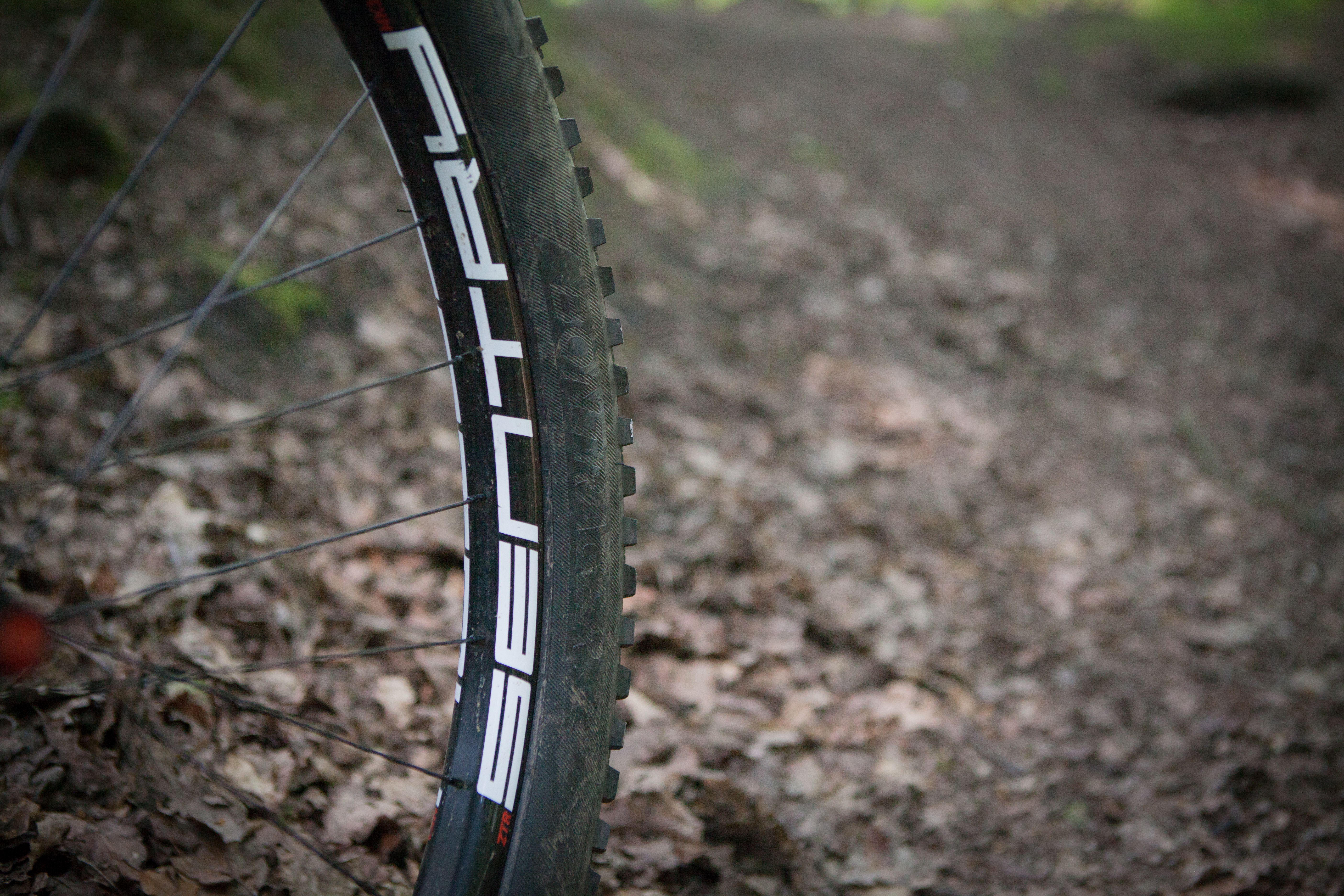
The Full Package
Now I fully accept that I must have had my head buried under the sand here, but I’ll be honest – I hadn’t realised that Stan’s did full wheel build options. The power of the internet tells me that this is definitely not a new thing, so I’ll plead sheer ignorance on my part. If you happen to have been living under the same rock as me all this time, guess what? Stan’s do full wheelset options!
This particular wheelset is built around Stan’s Neo hubs (which themselves have been updated). The rear hub now gets three freehub bearings for improved durability and stability on the axle. There’s a new Durasync freehub mechanism that sees the 6-pawls engaging simultaneously on a 36t forged steel ratchet ring, delivering 10° between each click. The hubs are laced up to the Sentry rims with Sapim Force J-bend stainless steel spokes – 32 each end.
The rim is made from high quality 6069 aluminium and uses Stan’s ‘WideRight’ technology. Some of this is simply using a rim width that is appropriate for your tyre width – avoiding bulging sidewalls or overly squared edges and flat tops to tyres. The rim profile has also evolved from earlier Stan’s rims though, and is noticeably flatter, with quite short and beefy sidewalls.
The total wheel package comes in at as near as bang on 2kg for the 29in, Boost, SRAM XD Driver option that we tested (pretty much every conceivable combination of standards is available, including 26in). Not light, but reasonable given this is a rim that’s billed as being capable of the same enduro riding that the Flow is rated for.
The wheelset costs £520, which is more expensive than say, the Hunt Enduro Wide wheels recently tested by James, but significantly cheaper than a carbon wheel upgrade.
Setting Up The Stan’s No Tubes Sentry MK3 Wheels
Stan’s raison d’être was of course its tubeless compatibility. It’s amazing to think that there were ever rims that weren’t tubeless compatible now, such is their ubiquity, but Stan’s was at the front of the charge. It’s nice to be able to say that set up was as easy on the Sentry as any other wheelset I’ve used recently.
The rims came pre-taped and with tubeless valves fitted. For the majority of the test I ran Bontrager SE4 and XR4 tyres, but swapped to some Maxxis High Rollers briefly. Both were simple to fit and inflated with minimal faff and a regular track pump.
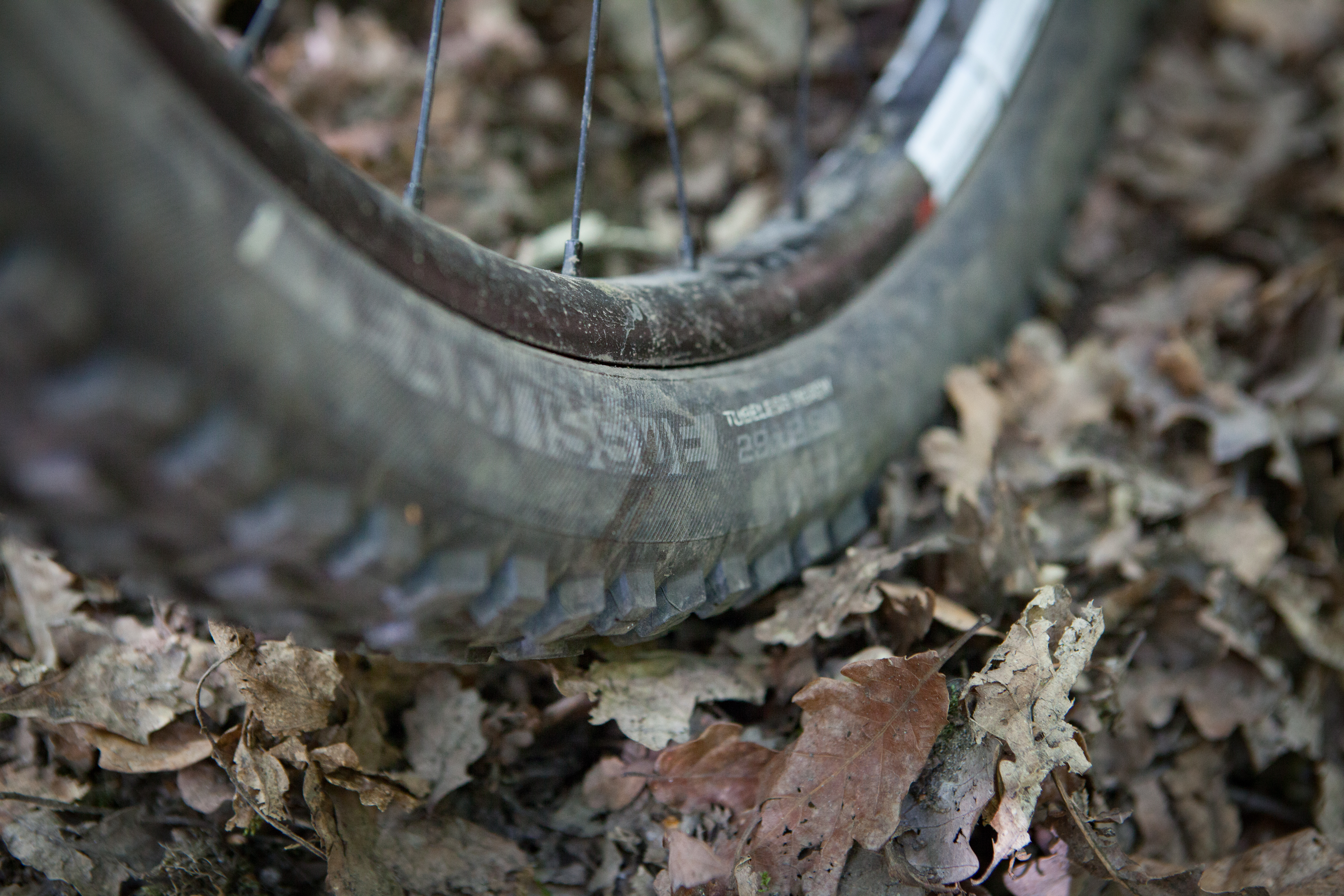
The 32mm internal width of the Sentry gave the 2.6in Bonty tyres a great profile – pretty much as Stan’s describe. No bulging sidewalls. The 2.35in High Rollers were narrower than what Stan’s recommend for this wheelset, but I found them acceptable and didn’t feel too stretched out across the rim.
Conversely, I’m not sure if I would personally want to run a 3in tyre on the Sentry. I’ve always used a 40+mm rim for plus tyres. If you are mainly planning on running plus size tyres, I’d probably suggest Stan’s Baron or Major wheelset.
On The Trail
I fitted the Stan’s No Tubes Sentry MK3 wheelset immediately after finishing my test of the Acros Enduro Race Carbon wheelset. This was always going to be a hard act to follow.
First off, the extra weight was absolutely noticeable. Acceleration felt like relatively hard work and there just wasn’t the same kind of skip.
Secondly, well… after ten minutes I’d completely forgotten the swap. I’m not sure whether it is the very carbon wheel-like profile to the Sentry rims, or something else, but the wheels felt almost as stiff than the Acros wheelset. More than that, I appreciated the hint of extra compliance that they seemed to offer on the Cotic hardtail I’d fitted them too.
There are so many variables when testing wheels – the tyres, the trail, the conditions – that it’s hard to isolate a single characteristic without some serious back-to-back testing, but I finished that first ride pleasantly surprised. Those positive vibes continued for the rest of the test.
The SolarisMAX was pretty much my only mountain bike over the winter, so it got taken on big mountain days, as well as many local blasts. With a long travel fork and confidence inspiring geometry (see the Cotic SolarisMAX review here), I frequently found myself smashing through rough ground with a fair few “oh crap!” clunks from the rear wheel.
I’m not the heaviest rider, but I was impressed that the rim has stayed perfectly in true and shrugged off any dings so far. I’m sure it will only be a matter of time before I connect with something “just so”, but it will take a particularly nasty connection to do any damage to the Sentry.

I think some of this is down to the ability to run those higher volume tyres on the wider rims, but also the chunky bead hooks. It’s definitely worth remembering that should you pick up a ding the damage is highly unlikely to be terminal. Only last week I bumped into a fellow rider taking a long walk with his bike after smashing a carbon rim on the trail.
I found the 32mm internal width about right for the 2.6in tyres in particularly, providing good sidewall support and not too much tyre roll when torqued through berms and tight corners. It’s definitely one of the biggest benefits to this kind of rim – you get to make the most of all the advantages that a higher volume tyre offers.
As for the Neo hubs, I had no issues to speak of. The pick up is quick enough, and the bearings still feel as good as new, despite now living through a winter’s worth of riding.
Overall
Whether the Stan’s No Tubes Sentry MK3 is the right upgrade for you depends on a couple of criteria.
Firstly, you’ll be looking to run wider tyres. Secondly, weight isn’t your first priority – there’s no getting around the fact that unless your current wheels are very porky you won’t save much weight with the Stan’s.
Assuming that’s you, it’s hard to find any criticism of the Sentry. I ended up giving it an unfair comparison, bookending testing with different carbon wheelsets. But you know what? On some days I’m not sure I could have told the difference. Only in the extremes are you likely to be able to tell and often those differences are just that – the wheels feel different rather than worse.
In an ideal world, the wheel would shave off a bit of weight while maintaining all of its current strength, but we are in to moon-on-a-stick territory here. As it is, the Sentry MK3 has taken the good ingredients of Stan’s stalwarts and successfully applied it to a wider profile.

